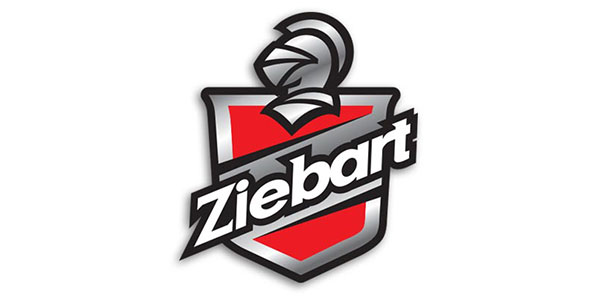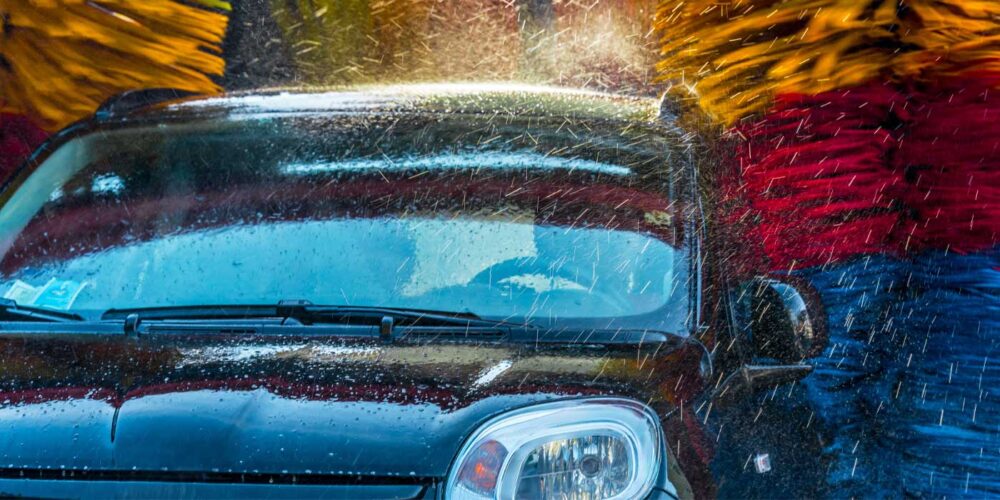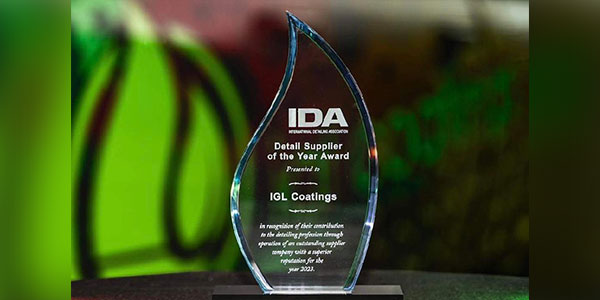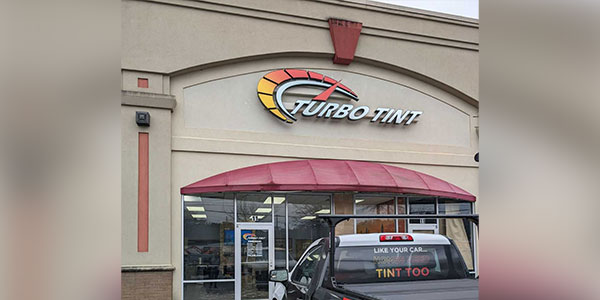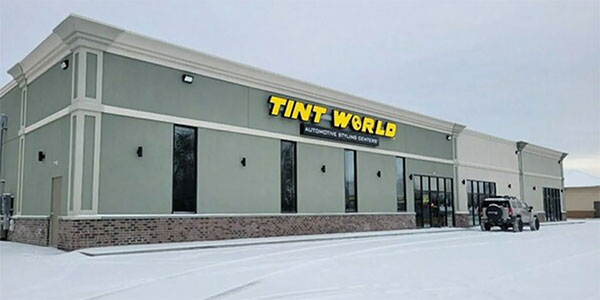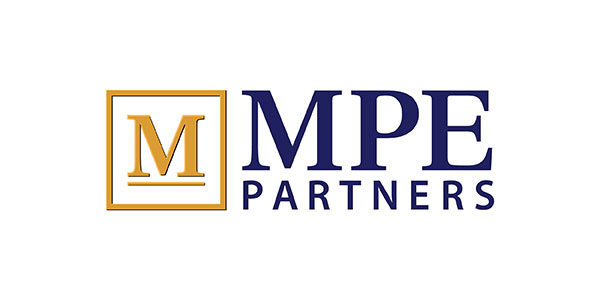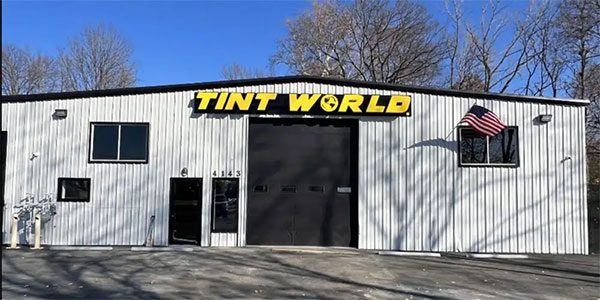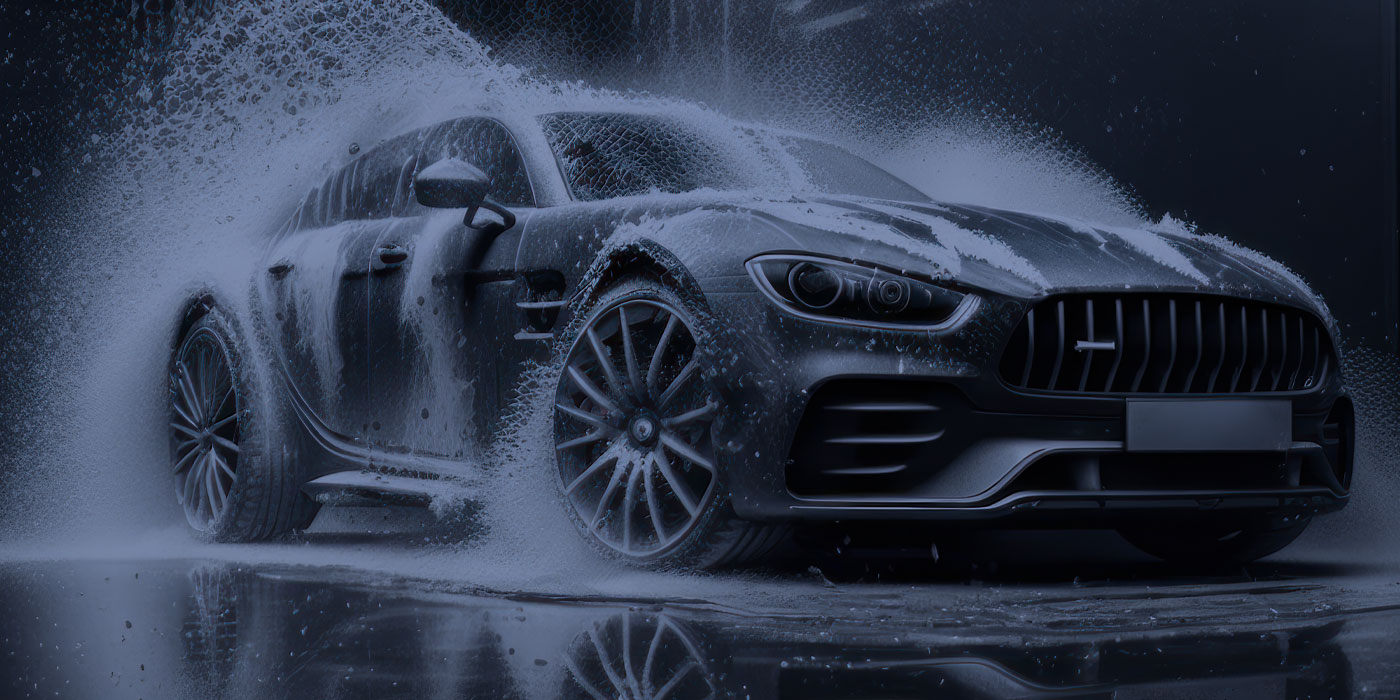Question: My customer has a half-inch spot where some of the clear coat has been removed. How do I repair this?
The secret to solving a paint finish problem is being able to identify the different types of paint finishes (single stage, base-coat/clear-coat, tri-coat, tinted-clear-coats), identifying the problems, and having the proper tools, and chemicals.
The repair process can be broken down into five steps.
1. Identification of paint finish. For all the razzle dazzle about paint finishes, there are really only two types a detailer should be concerned about: base-coat/clear-coat and single stage finishes. In fact, over 90 percent of today’s vehicles are the two-stage finishes. Very few OEM paints are single stage today.
A good way to identify the paint finish is to put some wax on a white towel and rub it on the paint. If you get the color of the car on the towel, it is a single stage. If no color appears on the towel, it is a base-coat/clear-coat finish.
2. Analysis of the problem and degree to which you can correct it. Single stage paints tend to have the following problems: oxidation, scratches, discoloration, spotting, and etching.
Two stage finishes normally do not oxidize or discolor. But they can scratch easily, retain water spots, and etch from acid rain.
After the problem has been identified and you have determined the degree to which you can correct it, you can then decide on how to fix it, including the appropriate tools, pads and chemicals for the job.
It is recommended to always start with the least aggressive process, which includes pads and chemicals to correct the problems.
3. Selection of the right tools for the job.
The high speed rotary buffer can be either electric or pneumatic (air), whichever the user prefers. Note that air is preferable over electric for several reasons: lighter and easier to handle, variable speeds, adjustable maximum RPM, and requires less maintenance.
The purpose of the rotary buffer is to create friction to heat the paint. When used with a cutting pad and compound, the buffer will literally cut away oxidation, scratches, or other imperfections in the paint. You must take care when using a rotary buffer because you can burn the paint off edges and ridges if used improperly.
Keep in mind that if you put swirls into the finish with a high speed rotary buffer, they must be removed with a high speed buffer. Completing this task with an orbital waxer or by hand only fills in the swirls, it does not remove them. Once the wax or polish is washed off the car, the swirls will reappear.
Beware: If you use too aggressive a compound on a paint finish, you will scratch it. The scratches may appear to be swirls, but they are actually scratches and they must be removed with a lighter compound.
Orbital waxer. A highly maligned and misunderstood tool of the trade, the orbital waxer can be extremely valuable because it is easy to use and does not require extensive employee training.
In the paint finish process, the orbital is used to apply the final coat of liquid wax or paint sealant using one terry bonnet for application and a microfiber towel for hand removal.
Where a paint finish is in good condition, especially on a dealer car where you need to save time, an orbital can be used with a one-step to provide an acceptable finish on the car. This method is excellent because you can quickly process dealer cars with an inexperienced person.
4. Selection of the right pads.
Wool cutting pad. It is recommended that a wool pad be used only for cutting and only on severely damaged clear coats and oxidized single stage paints. For the most part, a 100 percent wool pad should not be used on clear-coats.
Wool pads are available in fiber lengths from 1/2 ” – 1-1/2 ” and diameters from 7” – 10”. What you use is a matter of preference, budget, etc. Remember, a larger diameter pad covers a greater surface area.
Poly/wool cutting pad. It was developed to provide a less aggressive pad for clear coat finishes, but more aggressive than a foam cutting pad. It is a 50/50 blend of woven wool and polyester.
Foam cutting pad. This type of material is denser foam that provides a gentle cutting of the paint finish and is ideal for micro-scratches on clear-coats. The advantage of this pad, when used properly, is that it should not create swirls in the paint finish.
Foam polishing pad. These pads work extremely well on clear coat finishes as well as single stage paint finishes. The foam pad should always be used with a swirl remover, polish or one-step. These types of pads should never be used with a compound or cleaner.
5. Selection of the right chemicals.
With chemicals, simplicity is the watch word. In spite of the array of products that are offered by chemical manufacturers under a myriad of names, there are really only a few simple products required to detail 99 percent of the vehicles on the road.
Compounds are used remove oxidation, scratches, spotting, discoloration and mild etching. While most manufacturers offer a wide choice it is recommended you use the light (2,000 grit) and micro-fine (micro) on most paint finishes. Keep a small quantity of heavy (800 grit) and medium (1200 grit) on hand to handle the difficult paint finish problems above.
Remember: under no circumstances should you use a heavy duty compound on a clear coat finish unless it has been wet/dry sanded.
Swirl Away Polish is a product that follows the compound to remove swirls put in the paint and to provide the high gloss shine. It is applied with the high speed rotary buffer and foam polishing pad.
Wax is a product used to provide final protection and shine. It can be available in a hard paste, semi-soft paste, cream or liquid. We recommend a liquid carnauba wax applied with the orbital waxer.
Paint sealant is a product that is easy to apply, remove and leaves a great shine. If you sell a guaranteed finish, you would use a sealant instead of wax. The paint sealant has an amino functional silicone which bonds to the paint finish providing a longer lasting protection. Depending on the product, it can be applied and removed with the orbital waxer, or applied and removed by hand.
These are the five basic steps for the repair process. You may choose to adapt some or all of these steps, but no matter what your process, the key is to have everyone in your shop educated and using the same approach.
R.L. “Bud” Abraham is president of Detail Plus Car Appearance Systems, Portland, OR, and a nearly 40-year member of the car-care industry. He is also a member of the International Carwash Association and Western Carwash Association Board of Directors and can be contacted at [email protected].




